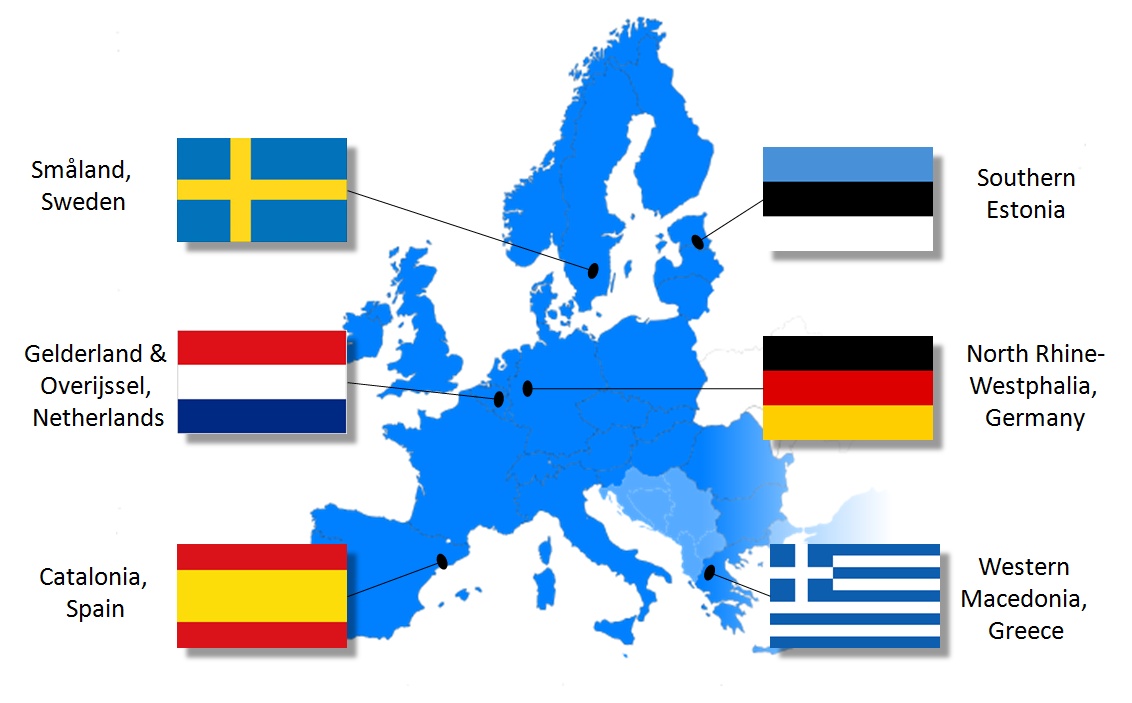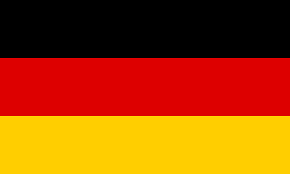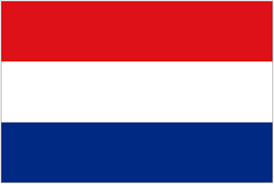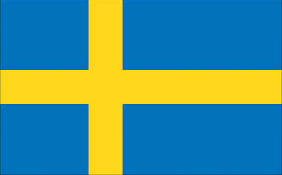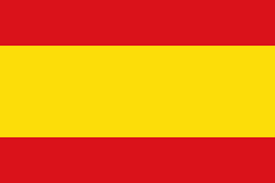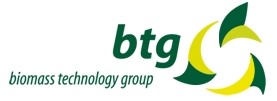European model regions
SECURECHAIN targets six representative model regions, covering a range of market situations and technical-socio-economic barriers in the sector. They include ‘pioneer’ regions in bioenergy supply chains connecting to emerging ‘follower’ regions with lower technological standard and development. The regions are valuable European testbeds for supply chain management in bioenergy and ensure a broad relevance of outcomes.
Please click on the left-hand menu to access the model regions subpages in national language.
NRW – North Rhine-Westphalia, Germany
NRW is the most densely populated and industrialised federal state of Germany (NUTS code DEA, area 34,000 km², population 18 million, 523 inhabitants per km², and 22% of the German GDP). Besides the large industrial-urban complex of the Rhine-Ruhr Area (one of the largest in Europe), the region is marked by strongly developed agricultural (52% of land) and forest-based sectors (25% of land), which result in an overall high land use pressure on natural resources. In NRW, bioenergy use in small scale systems up to large scale plants has seen tremendous growth in recent years. However, the biomass mobilisation level remains still low and the market for the considerable unused resource potentials requires targeted promotion and valorisation. More frequent turbulences in biomass markets in Germany and the growing competition between energetic and material uses are the main factors why NRW strongly promotes sustainable use of locally sourced biomass.
German website / Deutsch: www.securechain.eu/de
Overijssel and Gelderland, The Netherlands
Eastern Netherlands (NUTS codes NL21 & 22, Provinces of Overijssel and Gelderland, area 8,557 km2, population 3.1 million, 374 inhabitants per km2) is known as the greenest part of the country and shares borders with the German region NRW. The regional government strongly pushes forward the sustainable production of energy from local resources and sees an immense need to promote local bioenergy. A just recently emerging regional biomass market requires further promotion through targeted investments in bioenergy. Technical supply chain solutions are being developed, and the region holds large unused potentials in forestry and in landscaping. The main barrier is the lack of knowledge and capacity of biomass providers in proper long term contracting and specifications of biomass fuels, to secure supplies throughout the full operating period of bioenergy systems.
Dutch website / Nederlands: www.securechain.eu/nl
Småland, Sweden
Småland (ISO code SE21, area 29,400 km2, population 730,000, 25 inhabitants per km2) is a well-known forerunner region with a strongly developed bioenergy sector, which supplies around 55% of the total energy consumption (22.6 TWh). Växjö is Sweden’s famous green model city for bioenergy and climate protection, which was awarded the ‘Sustainable Energy Europe Award’ by the European Commission in 2007. The region has a well-functioning competitive market for biomass fuels, which engages forest owners, forest-based industries and specialised biofuel companies. There exist around 155 district heating plants in the region producing 2.8 TWh/year mainly using biofuels. The total production of biogas is about 37.11 GWh. A main barrier is that not sufficient biomass for bioenergy is harvested, which leads increasingly to supply bottlenecks and more competition between users of woody biomass (energetic vs. material use). However considerable large shares of biomass e.g. forest residues remain unused, which require enhanced collaborative efforts of resource mobilisation.
Swedish website / Svenska: www.securechain.eu/se
Catalonia, Spain
Catalonia (ISO code ES51, area 32,100 km2, population 7.5 million, 226 inhabitants per km2) is an autonomous community of Spain and a large Mediterranean forest region. The region has huge untapped biomass potentials in forests and agriculture (vineyards, almond production, pruning), yet biomass harvesting is insufficient leading to accumulation of unused volume (around 2 million m³ per year) and frequent forest fires. Harvested woodfuel biomass is largely exported without generating added value in the region. The regional biomass market lacks consolidation, which is why renewable energy technologies are widely promoted by the government. Increased biomass harvesting of agro-forestry feedstocks by farmers and local companies can therefore generate potentially tremendous synergies for land protection, local employment and stable decentralised energy supply to local rural communities. In February 2014, the Catalan Government published a Strategy paper for the energy use of Agroforestry Biomass resources (2014-2020), which indicates that Catalonia has the potential to increase by a factor of 10 its current levels of heat and electricity generation capacity from biomass, which are 224MW and 16MW, respectively.
Catalonian website / Català: www.securechain.eu/cat
Western Macedonia, Greece
Western Macedonia is a sparsely populated, mountainous region situated in the North-West of Greece (NUTS code EL53, area of 9,450 km², population 300,000, 32 inhabitants / km²). The energy sector constitutes a major pillar of the region: around 60% of the Greece’s total electric power is produced in local thermoelectric power stations, firing lignite, which is extracted in vast regional open mines. Three major cities (Kozani, Ptolemaida and Amyndeo) have district heating systems, based on the heat produced in the existing power stations. Biomass energy as an alternative solution is gaining in importance: Dual heat/electricity production and biomass co-firing systems of various types are identified as promising bioenergy supply solutions and are already under experimentation in the region. These approaches target also novel land uses of the former lignite mining areas, which are not available for regular agriculture due to higher concentration of heavy minerals. Improved forest biomass use can significantly reduce the forest fire hazard. Furthermore, various agricultural residues and urban wastes provide considerable potential for energetic exploitation.
Greek website / ελληνικά: www.securechain.eu/el
Southern Estonia, Estonia
Southern Estonia is a sparsely populated, lowland inland region of the Baltic country, situated on the borders of Latvia and Russia (area 15,500 km², population 344,000, 22 inhabitants / km²). The main city in region is the City of Tartu (100,000 inhabitants). Forests cover 45% of the region, so wood is still today the most important local resource. Woodfuel has been traditionally the main source of energy and it plays still today a dominant role. Currently, the biomass-based primary energy constitutes 63% of the total primary energy used for heat production. However, with an increasing demand for high quality woodfuels and for more timber at the same time, the role of wood is likely to change and other biomass resources from agriculture and urban wastes will eventually gain in importance. The available biomass potential has a primary energy content of 24,110 TJ and is theoretically sufficient to cover for the regional heating energy demand. The regional priority for enhanced bioenergy production is to promote economical and social progress, i.e. creating employment and value added within the region.
Estonian webiste / Eesti: www.securechain.eu/ee


